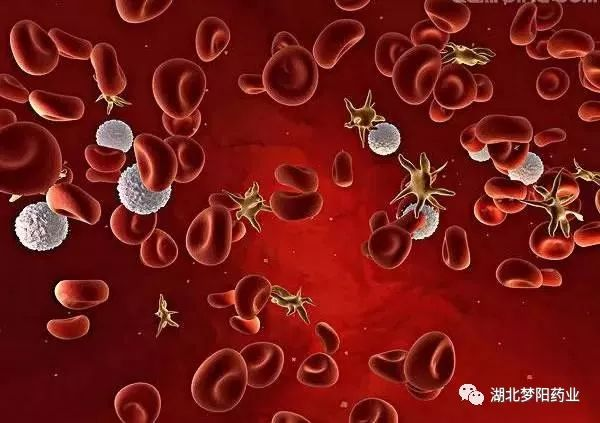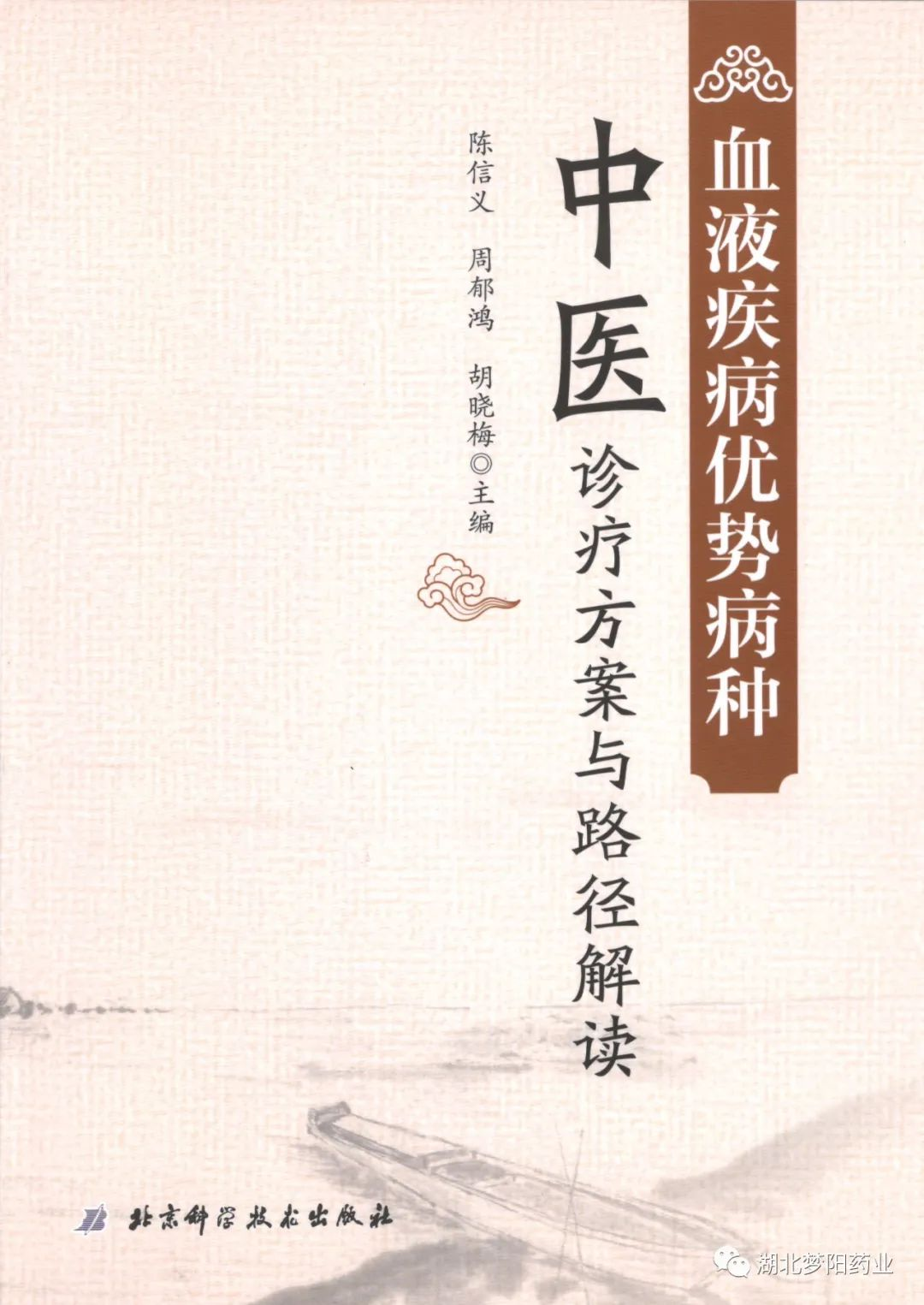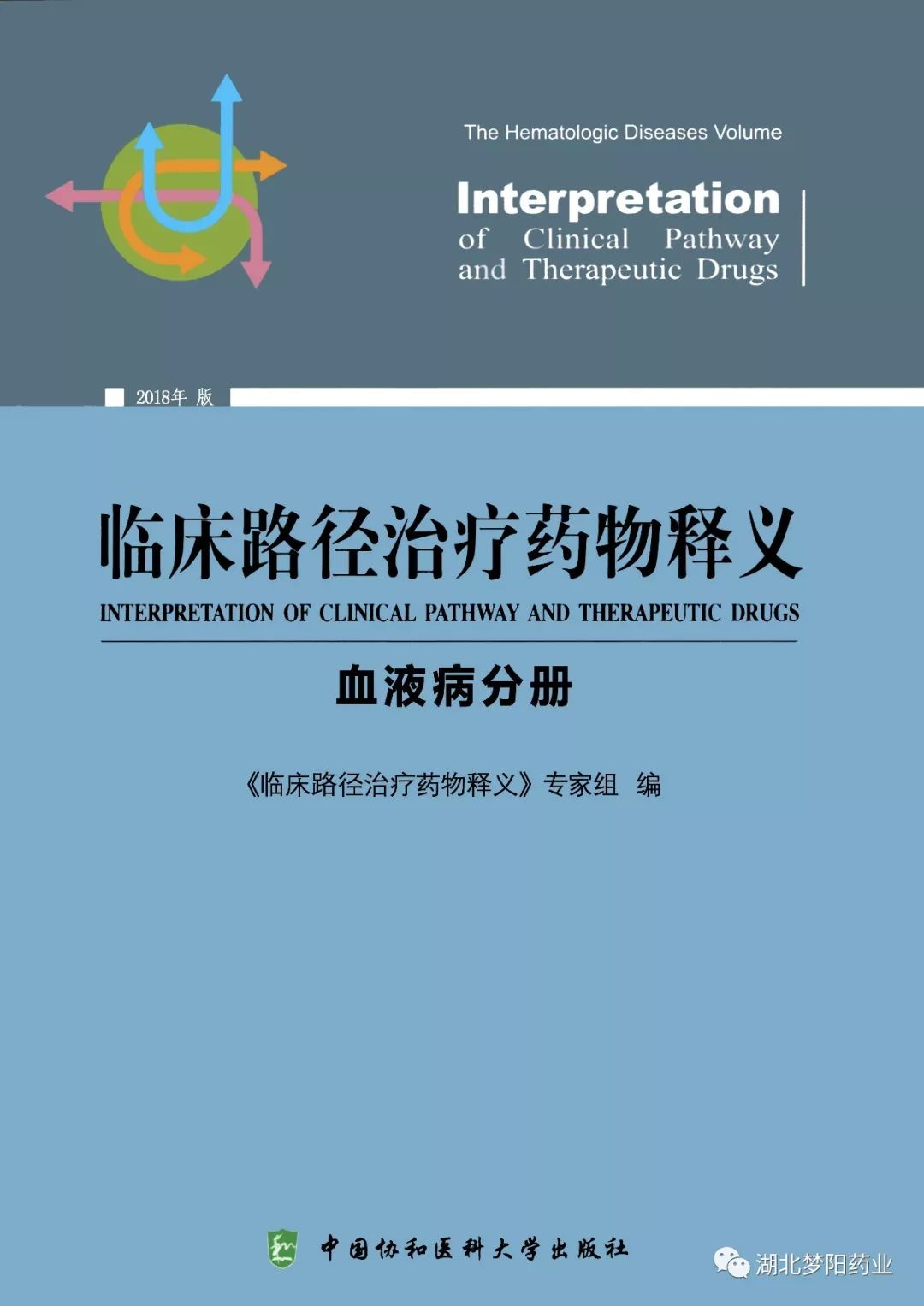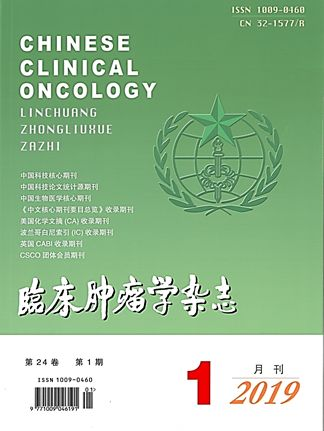2017-07-11
Chemotherapy for breast cancer often causes a decrease in white blood cells.
When leukocytosis decreases, the patient's resistance weakens and they are susceptible to infections with bacteria and viruses. However, leukocyte decline is an inevitable process of chemotherapy, timely detection and control of it is an important aspect to ensure the smooth progress of chemotherapy, and the chemotherapy dose cannot be arbitrarily reduced because of a temporary decline, otherwise it can only increase the resistance of chemotherapy drugs, which is significantly lower than the effective dose or not.
If cancer cells are not killed by strong chemotherapy, they will quickly cause recurrence and metastasis.
1. Diagnosis of leukopenia
The total number of white blood cells ≤ 4×109/L, the number of neutrophils is normal or slightly low, and neutropenia is diagnosed in patients with no clinical symptoms. The total number of white blood cells ≤ 2×109/L and the total number of neutrophils ≤ 0.5×109/L can be diagnosed as agranulocytosis, referred to as granulocytosis. The risk of infection and severe infection is significantly increased when granule deficiency occurs.
2. The law of leukopenia after chemotherapy for breast cancer
Leukopenia occurs soon after chemotherapy and continues to decline over the next few days or even a dozen days. After reaching the lowest point, it can gradually recover.
The timing of the nadir of white blood cells depends on the chemotherapy drugs used. After receiving anthracycline antibiotics (such as epirubicin, doxorubicin, etc.), the lowest point of white blood cells appeared 8~15 days after chemotherapy; Treated with docetaxel or paclitaxel, the nadir occurred on day 8 after chemotherapy; After receiving carboplatin treatment, the lowest point appeared 14~21 days after chemotherapy. In patients who are treated with adjuvant breast cancer combination regimens, the lowest point of white blood cells generally occurs around the 14th day after chemotherapy.
Therefore, during adjuvant chemotherapy for breast cancer, the detection time of white blood cells is mainly concentrated within 14 days after chemotherapy. The degree of white blood cell decline depends on the variety and dose of chemotherapy drugs. Anthracycline antibiotics, paclitaxel, docetaxel, and carboplatin can cause moderate~severe leukocytopenia.
Cyclophosphamide, cisplatin, and fluorouracil can cause mild~moderate leukocytopenia. The higher the dose of chemotherapy drugs used per square meter of body surface area, the more pronounced the decline in white blood cells becomes.
There are also individual differences in the degree of leukocyte decline. With the same treatment regimen, some people have a significant decrease in white blood cells, and some maintain normal white blood cell levels.
3. Symptoms of leukopenia
When granulocytopenia, some patients will experience fatigue, dizziness, weakness, loss of appetite, low-grade fever, chronic diarrhea, mouth ulcers and other manifestations。
When the granules are deficient, patients may have chills, high fever, headache, and discomfort at the site of infection due to severe infection. The severity of the infection is directly proportional to the degree of neutropenia. The incidence of severe infection is about 2% at a total neutrophil count ≥ 0.5×/109 L, and about 28% when the total neutrophil count is ≤ 0.5×109/L. The severity of the infection is directly proportional to the time to neutropenia.
When granulopenia persists for ≤ 1 week, the chance of fever < 30%, and beyond 1 week, the chance of fever is close to 100%.
4. Monitoring of leukopenia after chemotherapy
Patients receiving chemotherapy for the first time with the new regimen should undergo routine blood tests 3, 6, and 9 days after chemotherapy. Based on the results of these tests, the doctor then develops a more appropriate test plan.
If you have symptoms of a decrease in white blood cells or a fever during chemotherapy, go to the hospital as soon as possible for examination and treatment.
5. Treatment
Leukopenia occurs during chemotherapy and may be accompanied by bone marrow suppression. When the spleen, kidney, blood and blood are properly applied, if the traditional Chinese medicine is used properly, it has a good effect of increasing white blood cells. Compared with other oral and injectable whitening drugs, Shengbai Oral Liquid has the main characteristics and advantages of solving the patient's bone marrow suppression, restoring the hematopoietic function of the bone marrow and growing white blood cells.
It should be noted that leukocyte decline is a continuous process, and it takes professional knowledge to judge the progression of the disease and choose whitening drugs, so please seek help from your doctor when leukocyte decline occurs after chemotherapy. In order to ensure the smooth progress of chemotherapy, the whitening drug is escorted before the start of chemoradiotherapy.
6. Life care during chemotherapy
Reduce the number of times you go in and out of public places, keep the room well ventilated, and pay attention to cold and warmth.
Rinse your mouth, clean your anus and perineal skin, and keep your wound dry. Correct malnutrition and eat more high-protein foods (meat, eggs, fish, milk) without eating disorders.








COPYRIGHT© 2022 Hubei Mengyang Pharmaceutical Co., LTD. All Rights Reserved E ICP 11014915; Internet Drug Information Service Certificate No. : (E) - Non-business -2016-0032
Technical Support: SUMA
